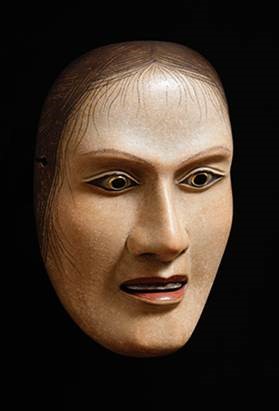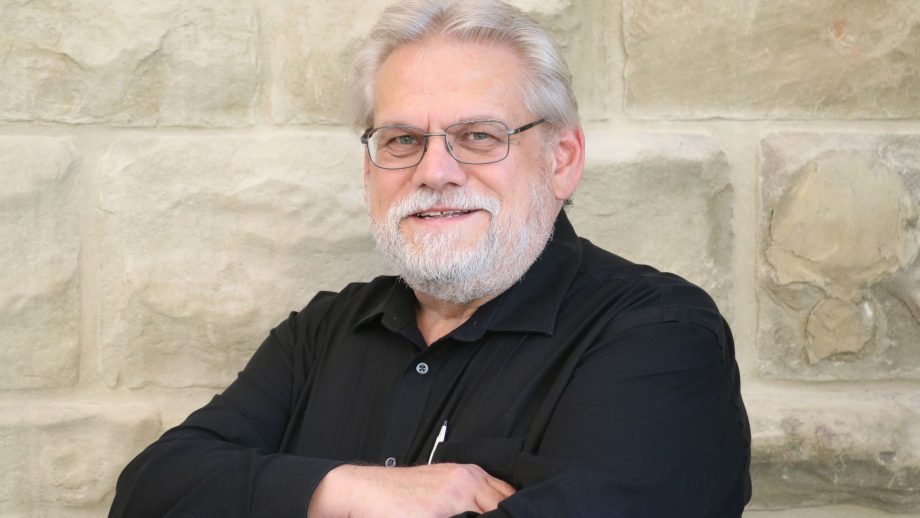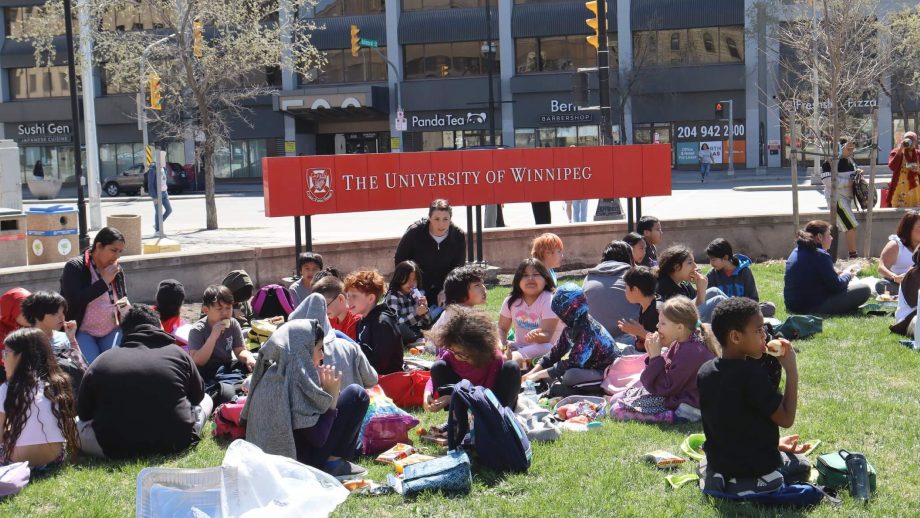
Noh mask, photo supplied
UWinnipeg presents the internationally renowned Japanese woodcarver, Hideta Kitazawa, at The ‘Wonder’ of Noh: The Diffusion of Traditional Japanese Culture from Zen Performances in Aristocratic Japan to the Classrooms in the Canadian Prairies.
This public interdisciplinary workshop takes place Friday, November 16 from 3:00 – 5:30 pm in room 2M70. Kitazawa’s specialty is fashioning masks for the Noh stage. UWinnipeg’s Dr. Jeffrey Newmark (religion and culture) and Dr. Ray Silvius (political science) will also be presenting, as well as UManitobas’s Dr. William Lee (Asian studies).
Noh is a major form of classical Japanese musical drama that has been performed for more than 650 years. The most obvious characteristic of Noh is that the main actor performs while wearing a mask of exceptional beauty. A mask plays one of the most important functions of Noh performance, as it not only serves as makeup, but also as a fetish that gives supernatural power to the Noh performer.
Noh theatre is a refined, courtly art characterized by subtle movement and minimal dialogue. One of the world’s oldest forms of theatrical performance, it originated in the fourteenth century from a synthesis of Chinese music, rural Japanese folk dances, and comic mimicry. Because Noh actors were trained to be restrained in motion, woodcarvers fashioned masks for the actors to be able to express facial emotions. As the plot of traditional Noh plays centered on supernatural and mysterious themes, the masks often took the form of crazed men and women, wild creatures, or demonic visages. The masks do not feature any moveable part, yet their intricate design allows for a slight tilt of the head to make the difference between the appearance of anger and that of happiness.
Kitazawa specializes in masks and Shinto temples. A graduate from Tokyo University of Agriculture and Technology with a major in forestry, he went on to study woodcarving intensely with his father Ikkyou Kitazawa.
In 1993, he began carving masks under the guidance of master artisan Michihiko Ito. He has received numerous honours, including the Outstanding Youth Artesian Award for Tokyo 1997 and the Yokohama Noh Drama Hall Director’s Prize in 2003. In 2014, he received the title of Master Woodcarver from the Mayor of Katsushika in Tokyo. He has exhibited his works nationally and internationally, and his carvings for Shinto floats and o-mikoshi are used throughout Japan’s Kanto region. His masks are also used by many noh and kyogen professionals, as well as by non-Japanese performers.




